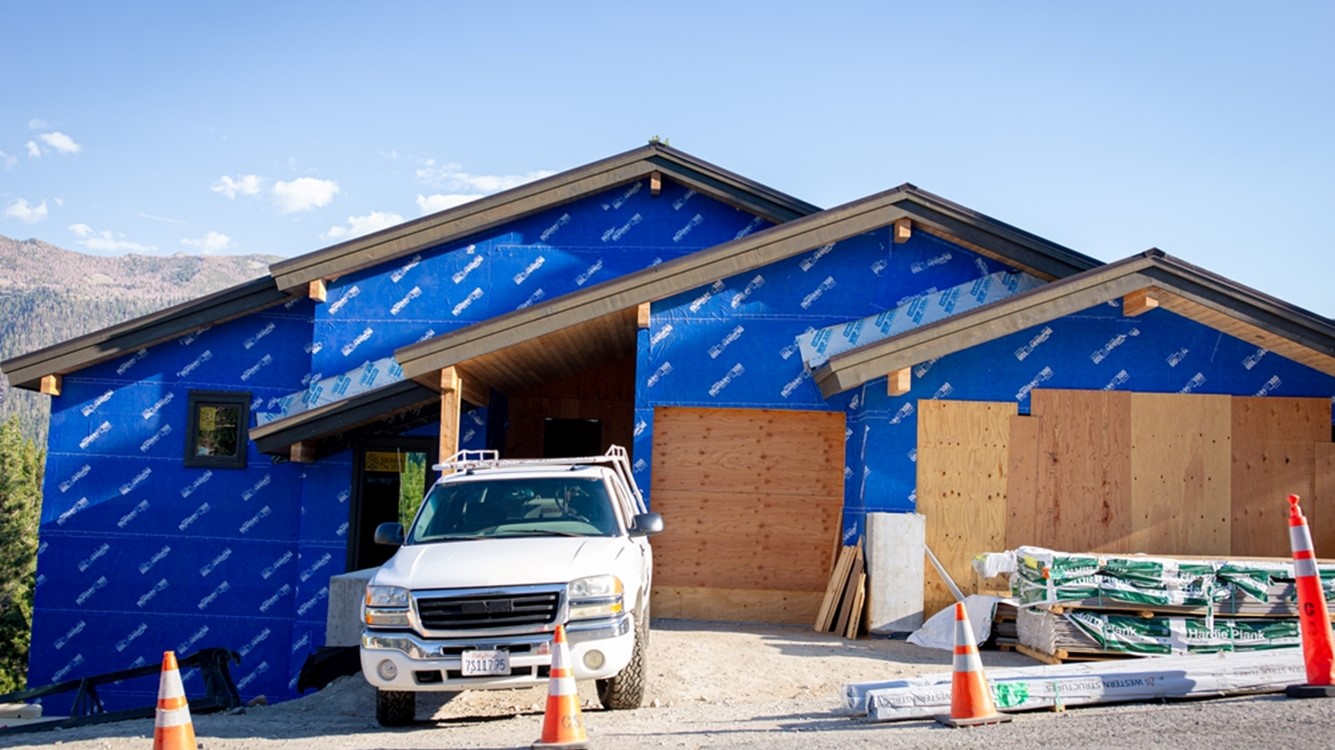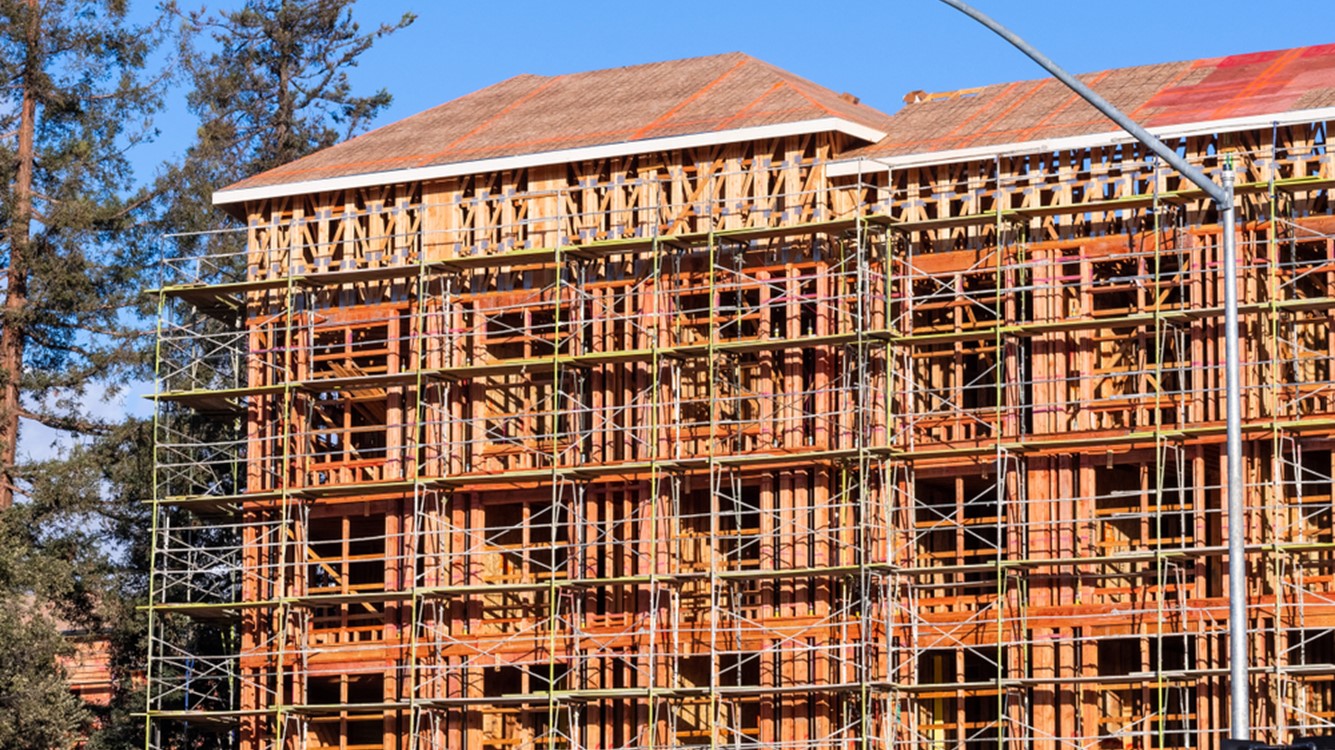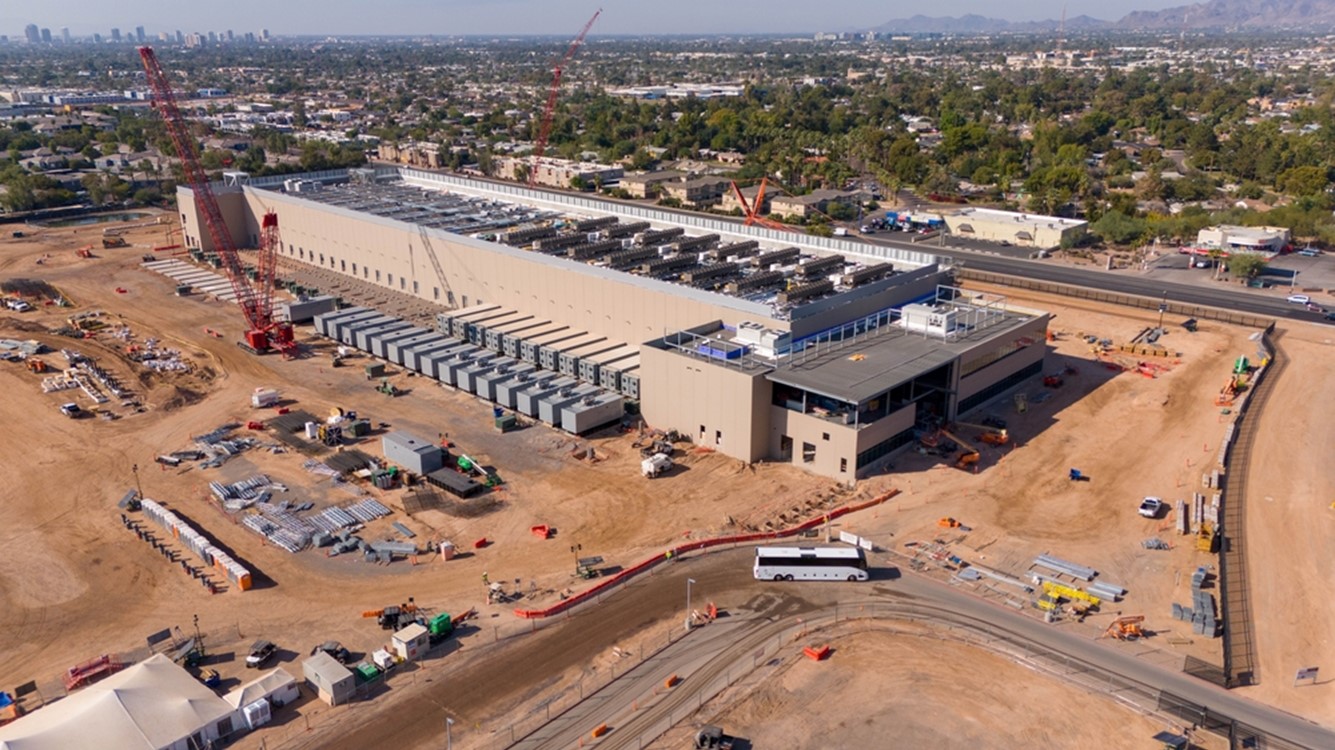October housing construction dips
Builders laboring under labor shortages and high costs.

November 19, 2024
Housing starts, or new home construction, fell 3.1% in October to the lowest level since July, missing expectations. Single-family starts drove the losses; multifamily posted gains. Compared to a year ago, starts are down across the board as higher interest rates and supply-side constraints on building sideline contractors.
Single-family starts fell 6.9% to just under one million units. That has been the upper limit to how much builders can produce in a year, given ongoing worker shortages, tight lending conditions and high material and land costs.
Mortgage rates climbed to the highest level since July in November and are not expected to fall significantly before year-end. Demand is flattened when rates rise, especially this quickly. Prospective buyers are waiting even longer to enter the housing market; the median age of the first-time buyer was 38 years old in 2024, the highest on record. Builders have played a key role in moving downscale and trying to service the pent-up demand of first-time buyers.
The falls in single-family starts in the South and Northeast were the largest. The drop in the South, the biggest construction region, was exacerbated by disruptions from Hurricanes Helene and Milton. Home building and materials stores have reported a pickup in spending as repairs get underway. That suggests we will see some catch-up soon. However, we do not expect to see the same level of rebuilding we once did due to lack of insurance. Add in the breadth of devastation and many will likely relocate.
Multifamily starts for five units or more jumped 9.8% in October, but from a very low base. Starts are 12.6% lower than a year ago and not expected to regain ground next year. Builders have pivoted away from multifamily construction as they complete backlogs. There were 804,000 units under construction in October, lower than the one million record hit in 2023, but still above pre-pandemic averages.
Building permits, which signal future plans, slipped 0.6% on lower permit applications. Single-family permits eked out a 0.5% gain but multifamily dropped 3%. Lack of multifamily units in the pipeline suggests rents will rise again by the end of next year.
Builders’ sentiment has gained ground recently but remains in pessimistic territory. According to the National Association of Home Builders, they are still concerned about sales conditions and foot traffic but are starting to feel optimistic about prospects in the next six months. The new optimism relies heavily on lower mortgage rate expectations.
Strong demographics will unleash pent-up demand once rates fall slightly in early 2025.
Yelena Maleyev, KPMG Senior Economist
Bottom Line:
The housing market recovery has been lackluster. We cannot count on lower rates alone to do the job. We see the Federal Reserve signaling that it will be cautious in continuing to cut rates. The December meeting rate cut is now a coin toss. This will put a damper on housing activity to end the year, but strong demographics will unleash pent-up demand once rates fall slightly in early 2025. Tight housing supply in the resale market will keep a floor under prices.
Explore more

New construction slipped in September
Labor and land shortages remain significant hurdles.

KPMG Economics
A source for unbiased economic intelligence to help improve strategic decision-making.

Four-month high in construction spending
Inflationary risks are rising for 2025.
Subscribe to insights from KPMG Economics
KPMG Economics distributes a wide selection of insight and analysis to help businesses make informed decisions.
Meet our team
